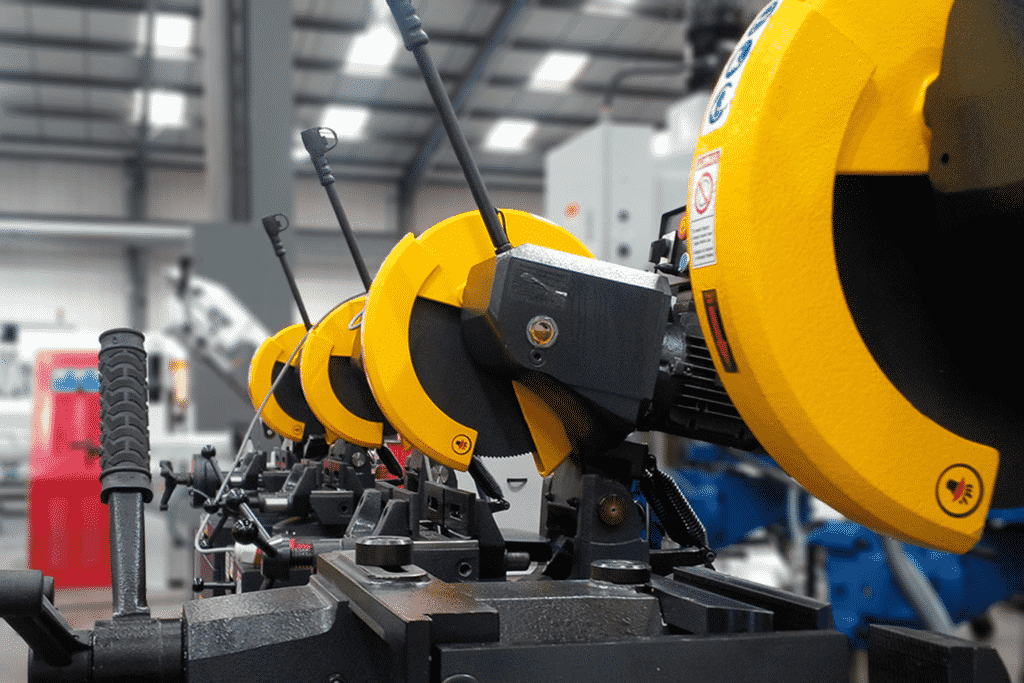An infection saw uses a round noticed forefront to cut metal. It got its name from the way that these saws move the glow once again into the sharp edge rather than into the thing being cut, subsequently leaving the sliced material cold unlike a grinding saw, which heats up the forefront and the article cut. Ordinarily quick steel HSS or tungsten carbide-tipped round noticed sharp edges are used in these saws. It has an electric motor and an apparatus decline unit to control the speed of the saw sharp edge rotational speed while keeping up the consistent power, which will assemble its viability. An infection saw delivers least steady and no blazes, buildup or staining.
The materials that should be cut is secured correctly to ensure a fine cut and to hinder separation. Cold saws are used with a flood coolant structure that will keep the saw forefront teeth cooled and lubed up. Picking the right infection electric saw for sale is critical in ensuring the best quality cut. There are one of a kind saw edges to cut wood or metal sheets and lines. Here are a couple of clues to review while buying cold saw. Sharp edge Material There is three kinds of cold saw edge basically including carbon steel, quick steel HSS and tungsten carbide tip. Carbon edges are viewed as the most reasonable of all and are supported for most fundamental wiping out positions. At any rate HSS sharp edges are more intense and suffering than carbon steel while Tungsten carbide edges have the fastest cutting speed and future of the three sorts.

Thickness The thickness of cold saw sharp edges is related to the width of the saw’s mounting wheel. For a smaller wheel of 6 inches, you may require only an edge of 0.014 inches. More thin the edge more will be the future of the front line. Try to find the correct distance across for the edge from the customer’s manual or direction the close by supplier for these basic information. Tooth Design. It is more astute to pick standard tooth plans for sensitive materials and all around helpful cutting. Skip-tooth front lines are used for the smoothest and fastest cuts for gigantic things. Catch tooth units are ordinarily used for cutting pitiful metals like aluminum. Pitch Rating. It is assessed in the unit of teeth per inch TPI. The ideal TPI is between 6 to 12, dependent upon the material use. While sensitive materials like aluminum need fine sharp edges with a modestly high TPI, thick materials require hard forefronts with a low pitch.